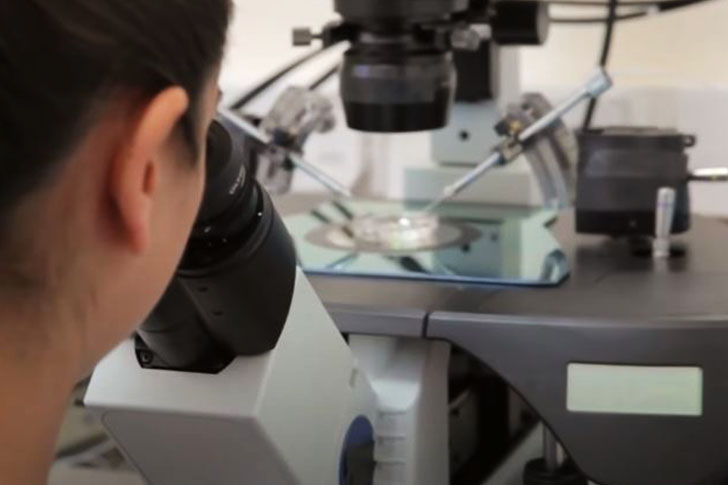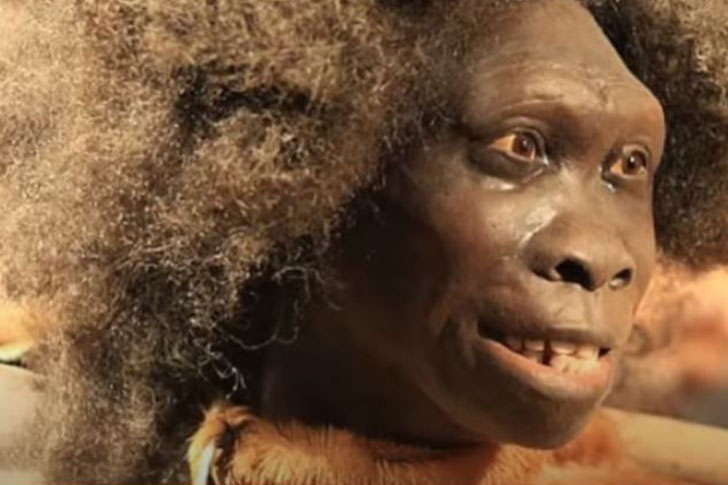More proteins, more information

Even if a scientist was able to extract the proteins from a Homo erectus specimen, for example, there might not be enough details to say anything precise about its relationship to archaic or modern humans. For comparison, a single ancient genome that contains three million variants compared to any other genome brings much more information about evolution, says population geneticist Pontus Skoglund.
Since proteins frequently perform crucial functions, such as forming the bone structure, they don’t always change that much as species evolve. For instance, proteins that are specific to tooth enamel are exactly the same in Neanderthals, Denisovans, and Homo sapiens, so they can’t be used to differentiate these groups. However, Welker further explained that these protein sequences vary in other great apes to a certain degree, so they could give more details when it comes to ancient hominin groups.

